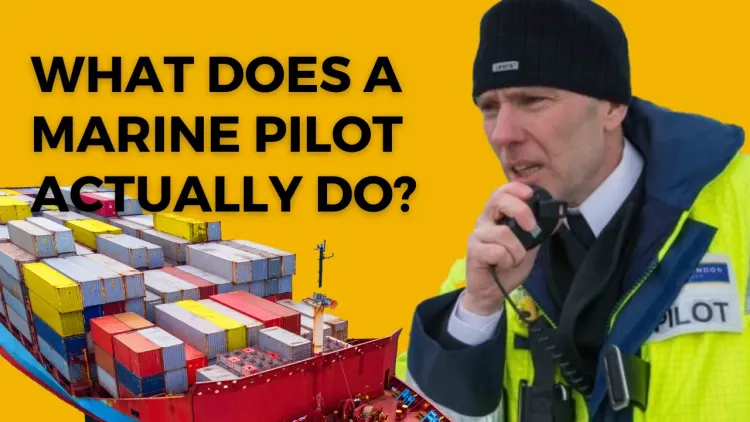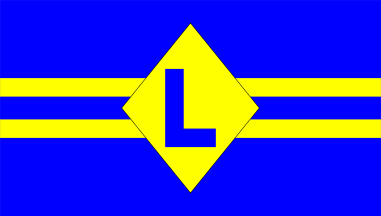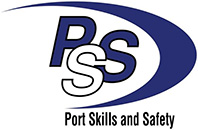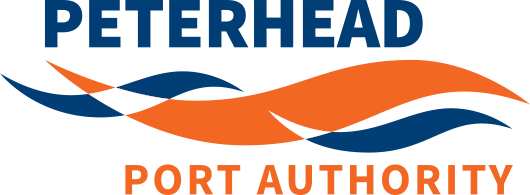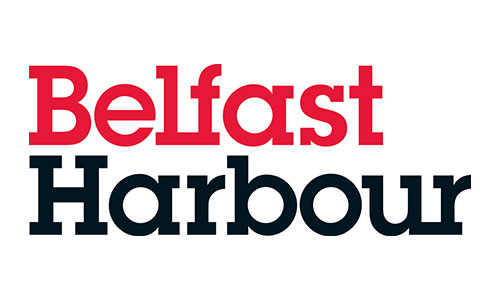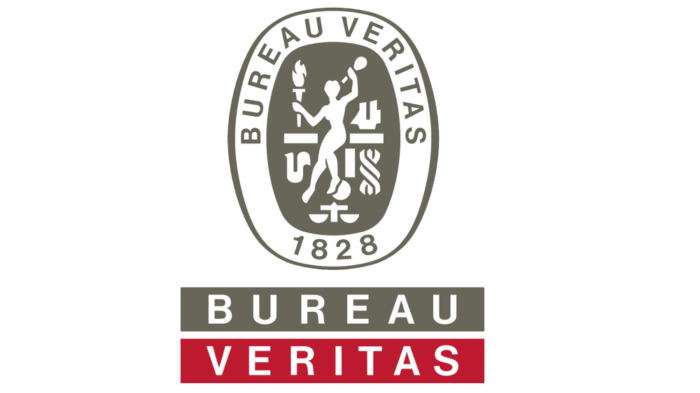It's a question pilots get asked a lot, right after the question 'So who do you fly for?'
Maritime pilotage, which is the practice of using a trained pilot to guide ships through difficult or unfamiliar waters, isn't a new invention, has been around for thousands of years. As such it forms one the earliest forms of maritime safety mitigations.
Historically, pilotage was conducted by experienced seafarers familiar with the local waters who would board ships and navigate them safely to port. In ancient times, pilotage was used in regions such as the Mediterranean, the Red Sea, and the Indian Ocean.
The first recorded mention of maritime pilotage in modern times dates back to the 13th century, when pilots were used in the port of Venice. In the following centuries, other European ports adopted the practice of pilotage as well. It is now compulsory in the vast majority of commercial ports.
Compulsory pilotage is a requirement that certain vessels entering or leaving a port or waterway must use the services of a licensed pilot. The purpose of compulsory pilotage is to ensure the safe navigation of ships through difficult or dangerous waters, such as narrow channels, congested ports, or areas with strong currents or tides.

Pilots board ships out at sea from a pilot launch and board the vessels via a pilot ladder. This is an extremely hazardous task that requires a high degree of training and professionalism. Once on board the pilot will be escorted the the vessels wheelhouse or bridge to meet with the vessels Master (Captain). The two will then discuss the details of the ship and passage including her propulsion, rudders, thrusters, draft, perculiarities and also the intended track into the port, density of traffic, weather, tide, under keel clearence, and berthing arrangements. This discussion (the Master Pilot Exchange, MPX) ensures both Master and Pilot have the information needed to be effective, safe and prepared for the pilotage passage.
The pilot will then generally assume control of the vessel 'The Con'. The pilot does not assume command of the vessel, this almost always remains with the Master but the pilot is responsible for the direction (heading) and speed of the vessel. This means the relationship is mutualistic in which the ship cannot get into port without a pilot and the pilot cannot get the ship into port without the co-operation of the Master.
Maritime pilots are highly trained professionals with specialized skills that enable them to safely navigate ships through difficult or unfamiliar waters. Here are some of the key skills that maritime pilots possess:
Expert knowledge of local waters: Maritime pilots have extensive knowledge of the local waters, including the depth, currents, tides, and weather patterns. They use this knowledge to make informed decisions and ensure the safe passage of ships.
Navigation skills: Maritime pilots have excellent navigation skills, including the ability to read charts, use navigational aids, and operate ship instruments. They also have a keen sense of spatial awareness and are able to judge distances and angles accurately.
Communication skills: Maritime pilots have strong communication skills and are able to communicate effectively with ship captains, crew members, and port authorities. They must be able to give clear and concise instructions, as well as receive and interpret information quickly and accurately.
Decision-making skills: Maritime pilots must be able to make quick and effective decisions in high-pressure situations. They must be able to assess risks and weigh the consequences of their actions to ensure the safety of the ship and crew.
Leadership skills: Maritime pilots are natural leaders and must be able to take charge of the ship's navigation. They must be able to inspire confidence in the ship's crew and work collaboratively with other professionals, such as tugboat operators and port authorities.
Once the ship is safely at her berth the pilot will usually disembark the ship whilst she discharges/loads her cargo and a pilot will return to the vessel when it is her time to depart ensuring a safe departure for the vessel before disembarking again using a pilot ladder to the waiting pilot boat.
So next time you ask somebody at a party what they do and they say 'Oh I'm a pilot' don't ask them who they fly for instead ask 'Are you a REAL pilot or an airplane driver?'

